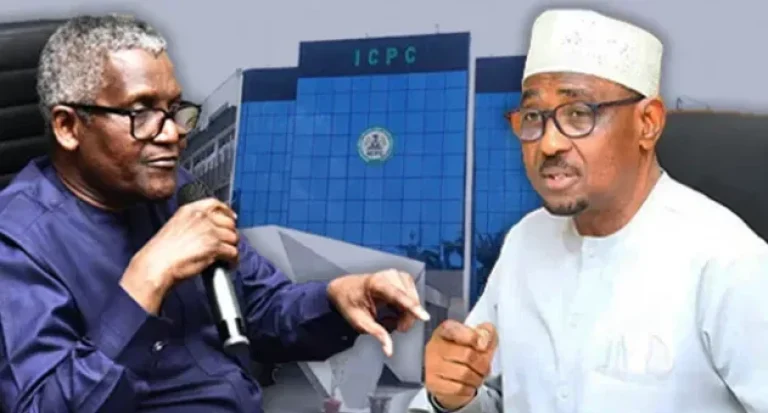Following compliance with its March 2021 directive to top bankers to submit their assets declaration, the Economic and Financial Crimes Commission (EFCC) is now set to verify their claims.
More than 500 bank executives, including 120 Chief Executive Officers/Managing Directors and Executive Directors have declared their assets in line with the June 30 deadline set by the EFCC, The Nation learnt on Friday.
The directive, handed down by EFCC Executive Chairman Abdulrasheed Bawa, said it was in line with the Bank Employees, etc (Declaration of Assets) Act 1986.
By the enabling Act, defaulters risk 10 years in jail if found guilty by any Federal High Court.
A well-placed source said yesterday that from the agency’s records, “there has been substantial compliance with the directive of the EFCC chairman by bank executives.”
“So far, many board members, CEOs, top managers have turned in their asset declaration forms,” the source said.
Continuing, he said: “Although only the EFCC chairman can disclose the actual number of declarants, more than 500 top bankers have done so.
“Some banks have even extended the exercise to their managers and branch managers at all levels.
“The EFCC is set for the next stage which is the verification of the assets of the bank executives. We will soon deploy our teams for verification.
“We are empowered by law to confirm if the assets declared were real; if there are under-declarations or anticipatory declarations or if some declarations are outright falsehood.
“After verification, we will be able to determine any bank executive that has infringed on the enabling Act.”
The penalty for violation of the Act is contained in Section 7(2).
Any erring banker may be jailed for 10 years.
The Act says: “It shall be an offence for an employee of a Bank to own assets in excess of his legitimate, known and provable income and assets.
“Any employee guilty of an offence under subsection (1) of this section shall on conviction be liable to imprisonment for ten years and shall, in addition, forfeit the excess assets or its equivalent in money to the Federal Government.
“For the purpose of imposing a penalty on conviction under this section, due regard shall be had to the amount or value of assets by which the assets of the convicted employee are in excess of his legitimate, known and provable income and assets.”
On verification of assets, the law says the government can investigate bankers’ parents, spouses, children, associates and privies.
It says: “The appropriate authority shall cause to be verified every Declaration of Assets Form and Annual Assets Declaration Form submitted under this Act and may direct that a thorough investigation should be conducted into the assets and activities of the employee concerned including the assets and activities of his spouse, child, relative, parent, associate or privy.”
In handing down the directive in March, Bawa had said the move was meant to check the role of banks in keeping funds acquired illegitimately.
His words: “Let me just put this, we understood that at the tail end of every financial crime is for the criminal to have access to the funds that he or she has illegitimately gotten, and we’re worried about the roles of financial institutions.
“And we have discussed, but we hope that all financial institutions, particularly the bankers, will declare their assets as provided for by the law, in accordance with the Bank Employees Declaration of Assets Act.
“And that the EFCC, come the 1st of June 2021, will be demanding for these asset declaration forms, filled by the bankers so that the line that we have drawn from the 1st of June is really complied with by bankers in particular.” (Adopted from The Nation)








462798 344327There is noticeably plenty of money to recognize about this. I assume youve made certain nice points in features also. 375112
435644 526990this is really interesting. thanks for that. we require much more internet sites like this. i commend you on your excellent content material and excellent subject choices. 785086